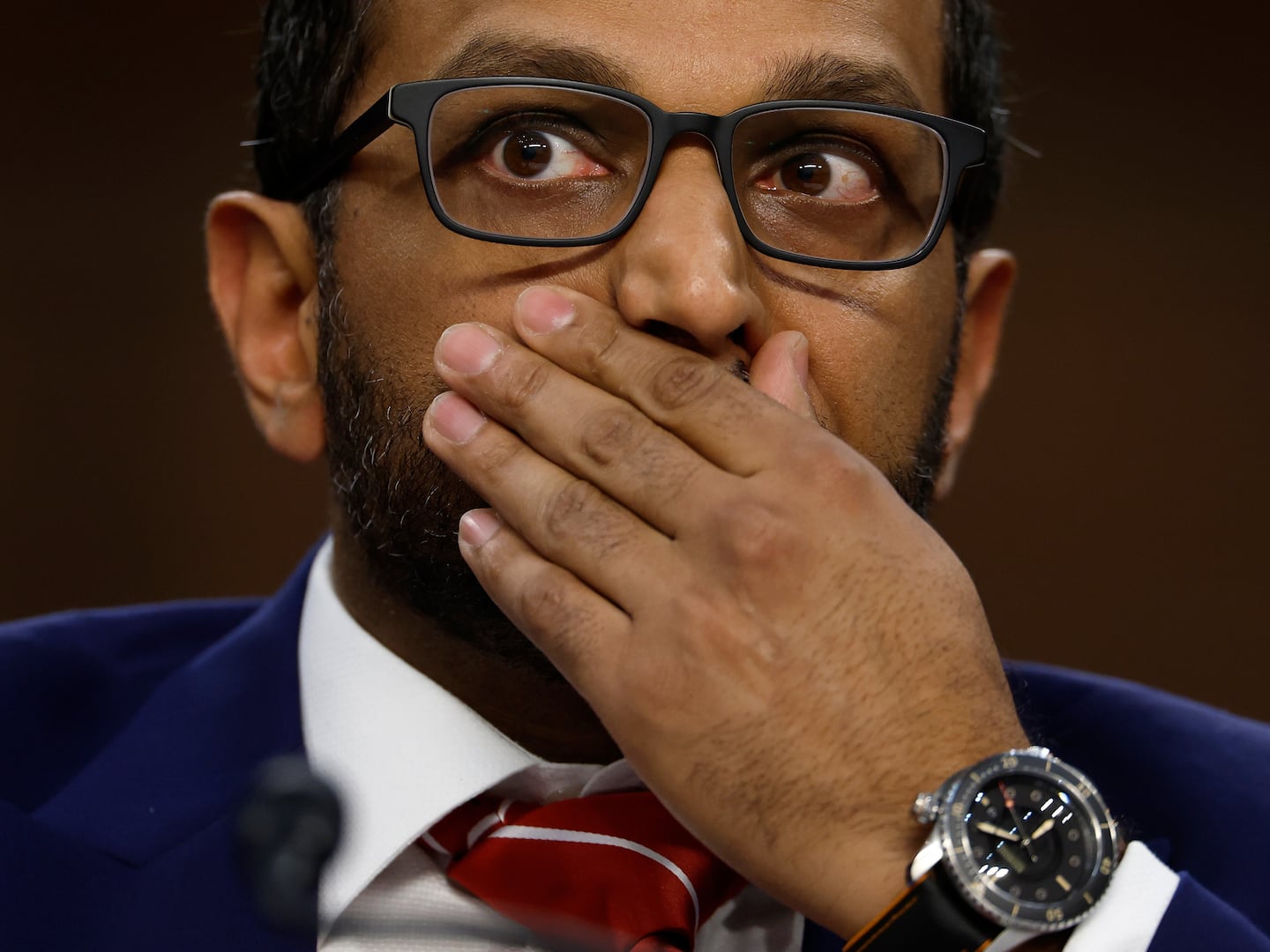John Haygood, a handcuffed 10-year-old autistic boy, was sitting in a chair in his school crying “I don’t like to be touched” to the police officers who would take him to a juvenile detainment facility (aka a jail) where he would spend the night. The disturbing arrest was caught on video by Luanne Haygood, the boy’s mother, and she told The Washington Post that their presence at his Florida public school was requested so John could participate in standardized testing. Instead, he was charged on an outstanding warrant for third-degree felony battery on a school employee.
An educational assistant had accused the boy of disrupting class, “throwing paper balls around the classroom and hitting other students,” and “kicking and scratching and punching” the assistant. The boy’s mother says she had no clue her son had a warrant out for his arrest, and the school claims they would never sucker a parent into appearing at school for the purpose of delivering their child to the criminal justice system.
There’s no question that educators of disabled students have a hard job, particularly teachers of autistic students, some of whom can get violent in difficult situations. But does a special-needs student who looks like he weighs 80 pounds really need to be locked in a cage? A confluence of circumstances has turned school hallways into just another law-enforcement beat, and the results are unacceptable.
In young Haygood’s case, you might ask what the cops were doing in the school in the first place? He has a diagnosed disability. What he needs are trained and well-resourced educators who understand their legal responsibility as in loco parentis (in place of parents). What the kid does not need is a bored blunt instrument of the state trained to work in a business where compiling arrests is a path to career advancement. And what no child needs is for natural youthful misbehavior to be treated as a crime punishable by imprisonment, like the 8-year-old Texas boy with ADHD who was handcuffed to a chair for an hour by an officer who called him “pathetic” for throwing a fit.
But this is the post-Columbine and post-9/11 world, where Americans demand and expect total security and minimal risk while willfully surrendering civil liberties. School resource officers (SROs)—much like metal detectors and zero-tolerance policies—have become part of the tapestry of modern public primary education. And according to a 2014 report from the Department of Education (PDF), of all the students “arrested or referred to law enforcement,” a quarter of them are students with disabilities.
A new American Civil Liberties Union (ACLU) of Washington report notes that in the past four decades the United States went from having fewer than 100 cops in public schools to “more than 24 percent of elementary schools and 42 percent of high schools nationwide” employing the services of embedded officers. The rise in police at schools was a direct reaction to the high crime rates of the 1970s and 1980s, but as crime has fallen over the past three decades, the number of cops in schools has risen exponentially.
It’s not fair to expect law enforcement officers to be familiar with the therapeutic techniques of trained special-education workers, but police officers assigned to schools should have stringent guidelines on what constitutes an infraction requiring criminal discipline as opposed to minor disturbances caused by hormonal adolescents with still-maturing brains, hyperactive pre-teens, or kids who for legitimate medical reasons have difficulty controlling themselves.
But in Washington state, “disturbing school” is a crime, and thus in the jurisdiction of the police and not the school. The ACLU report points out the obvious, that “having police in schools makes it more likely that students will be arrested,” that only a quarter of the state’s schools or police union contracts make any form of training on working in schools a requirement for the job, and that “students in schools with ‘zero tolerance’ or other harsh discipline policies report feeling less connected, less trusting, and less engaged in their schools.”
Incidents landing Washington high school students on the wrong side of the law include a 15-year-old who sprayed a can of “fart spray” being charged with felony assault and disturbing school (the spray caused another student to have breathing problems), a high schooler charged with fourth-degree assault for pouring chocolate milk on another student’s head, and a first-time offending student charged and convicted of disturbing school for throwing a single punch in his school’s parking lot (his sentence was later overturned).
In the six years following the Columbine massacre alone, the federal government helped load up public schools with police officers to the tune of $753 million. But police presence in schools had been growing even before that fateful day. By 1999, almost 20 percent of schools had at least one SRO, and there were two armed officers already assigned to Columbine when Dylan Klebold and Eric Harris went on their murderous rampage. Both officers even fired multiple shots at the killers, but were unable to stop the carnage.
Total security is not possible anywhere, and turning difficult children into potential criminals is the unintended result of overreactions to terrible, but rare incidents. And when untrained police officers work in a system where little (if any) training is provided or accountability demanded, violence of a different kind occurs. In 2015, Mother Jones published a report detailing 28 incidents where children were seriously injured or even killed by SROs, some of which were sparked by violations as trivial cutting the cafeteria lunch line or talking back to an officer.
The ACLU report credits a few Washington state school districts for implementing policies that recognize the need for a clear separation between crime and education, such as Spokane’s procedure requiring that “student behavior should be addressed through restorative practices or corrective action” in all but the most serious cases, as well as Aberdeen’s contract between the school and the police department stating “responsibility for the administration of school discipline shall be the duty of the District.”
Ashley Albright, the prosecutor assigned to 10-year-old autistic student John Haygood’s case has reportedly offered “a nonjudicial sanction” to the boy as an alternative to pursuing criminal charges, telling The Washington Post, “It’s clear from his history, even at such a young age, that I think he needs some assistance so that he doesn’t end up in the criminal justice system in the future.”
That assistance might start with reforms to a system—with zero-tolerance policies, overbroad laws hastily passed in the wake of tragedies, and armed police officers trained in the use of deadly force but not in special needs education—which makes him more likely to be perceived as a threat to society than a child in need of care and education.





